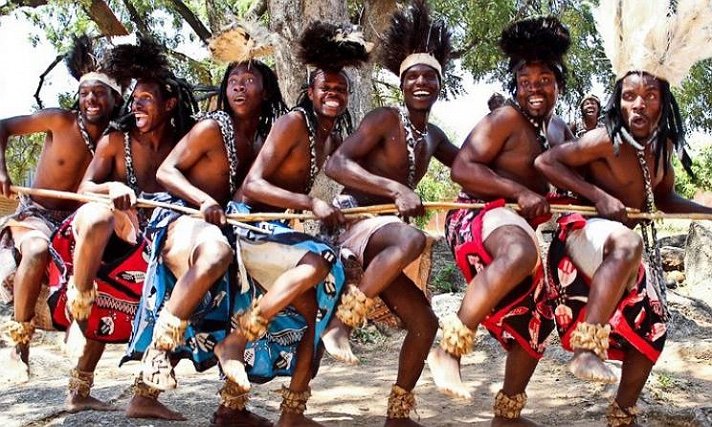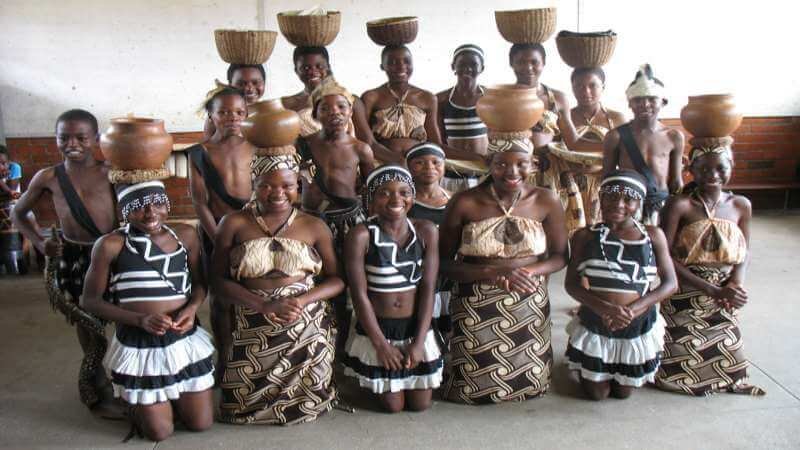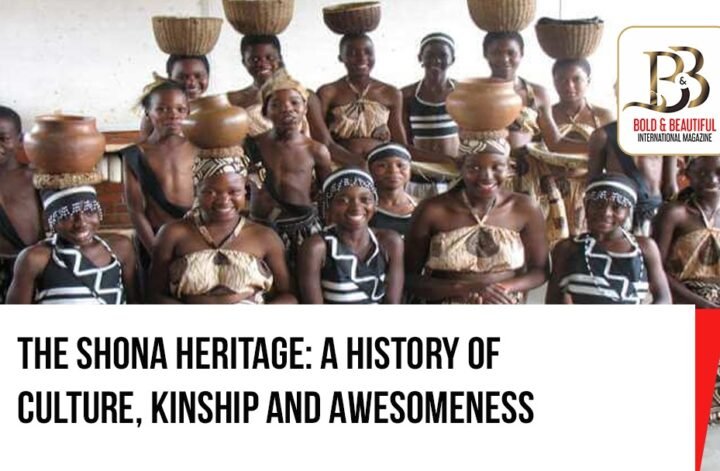The Shona people, a culturally rich and historically significant group, inhabit the eastern half of Zimbabwe, primarily north of the Lundi River. Comprising several subgroups, including the Zezuru, Karanga, Manyika, Tonga-Korekore, and Ndau, the Shona community is bound by shared traditions, language, and a deep connection to the land. The Shona are predominantly farmers, cultivating millet, sorghum, and maize, the latter serving as their dietary staple. Their agricultural repertoire extends to crops like rice, beans, peanuts, and sweet potatoes. While cattle play a vital role in Shona life, their value transcends sustenance. These animals symbolize prestige, act as a store of wealth, and are central to cultural practices such as bride-price payments.

Shona villages reflect their communal ethos, with mud and wattle huts, granaries, and shared cattle kraals forming the backbone of their settlements. These villages house interrelated families governed by a kinship system emphasizing exogamous clans and patrilineal descent. Leadership flows through hereditary chiefdoms, ensuring continuity and tradition. Shona culture has long been celebrated for its craftsmanship, particularly in ironwork, pottery, and music. Traditional practices reflect their reverence for Mwari, a creator-god, and their ancestral spirits, whom they believe influence health, rainfall, and prosperity. Rituals and spiritual propitiation underscore their connection to both the physical and metaphysical worlds.

However, modern influences, such as education, Christian missions, and urbanization, have significantly altered traditional institutions and leadership structures. Despite these changes, elements like magic and witchcraft remain deeply ingrained, offering explanations for misfortune and acting as societal regulators.




